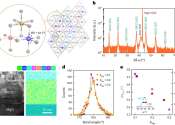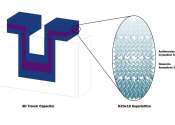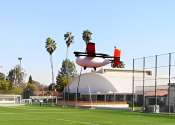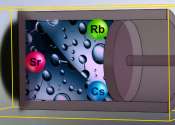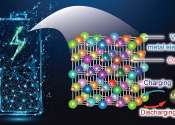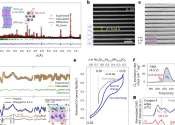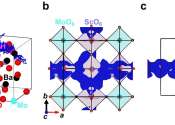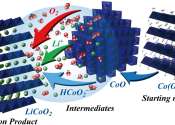AI chips could get a sense of time with memristor that can be tuned
Artificial neural networks may soon be able to process time-dependent information, such as audio and video data, more efficiently. The first memristor with a "relaxation time" that can be tuned is reported today in Nature ...
May 20, 2024
0
64
